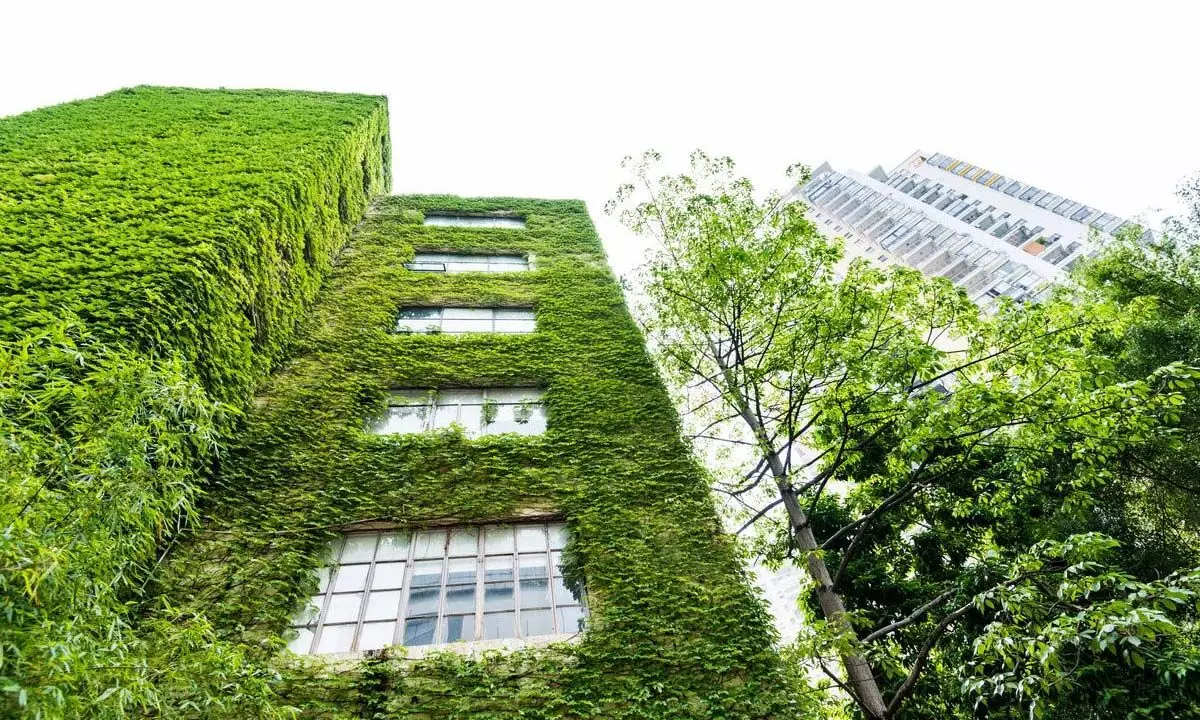Occupiers, developers step up towards net-zero journey
Sustainability rating schemes such as LEED and BREEAM have become more popular, signifying the groundwork towards green buildings
image for illustrative purpose

Mumbai: Decarbonisation of the built environment is complex, as construction sector accounts for about 39 per cent of energy-related carbon emissions emanating from building materials, construction and operations. Decarbonisation requires rigorous attention across every aspect of building design, construction and operations. This can range from challenges such as limited availability of low carbon building materials and products, lack of proper installation and training to execute highly energy efficient designs, lack of standardised building codes, costing and durability of sustainable materials, and lack of systems for reusing and recycling construction waste etc. Colliers, in partnership with RICS and Australia-India Council participated in a three-part series of events, around the theme of embodied carbon in built environment and solutions that can enable change. The series aimed at fostering enhanced alliances between Australia and India and facilitating strategic partnerships and collaborations to reduce carbon emissions in built environment.
Based on the events, Colliers’ report ‘Enabling net-zero Built Environment’ discusses decarbonization of built sector for a sustainable future. Talking to Bizz Buzz, Vimal Nadar, Head of Research at Colliers, says, “Sizeable carbon emissions in the built environment comes from both embodied and operational carbon. Embodied carbon arises from production, procurement and installation of building components and construction processes, while operational carbon arises from day to day running of buildings.”
Businesses need to effectively address carbon emissions throughout the life of the building from procurement to construction and maintenance, he said. The real estate sector now has a serious intent to reduce operational emissions over the last few years. Sustainability rating schemes such as LEED and BREEAM have become more popular, signifying the groundwork towards green buildings. “At the same time, it is important for businesses to address net-zero built environment throughout the life of a building. This starts from material procurement and supply chain to construction completion, and importantly building maintenance. These can be done through aggressive R&D resulting in innovation, and adopting an inclusive approach towards decarbonisation”, said Antao Argenio, COO, Colliers India. Occupiers and developers are increasingly collaborating by entering into green leases, as they advance their commitments towards net-zero transition. Green leases are agreements between landlords and occupiers where both parties undertake specific responsibilities to improve environmental performance of the building. The government is also currently revisiting its existing environment policies and is making efforts to make them more holistic and comprehensive. Initiatives such as Green Hydrogen policy, National solar mission are expected to further boost decarbonisation efforts in the country.

